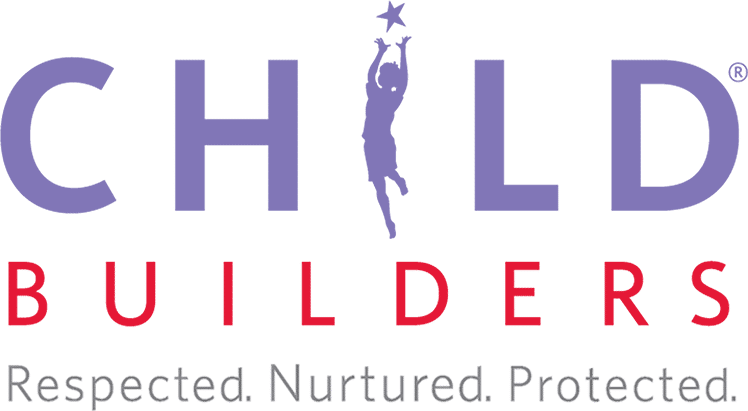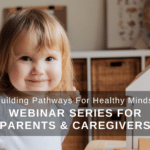Community Connection: Good for Kids
Resilience allows children to manage stress and cope with adversity. Resilient children are successful in school and in life because they are well prepared to take on challenges, to learn from their mistakes, and to try again when they have failed. By contributing to their communities, children build competence, confidence, and strength of character—all critical ingredients of resilience (Ginsburg & Jablow, 2011).
When children work to improve their communities, they achieve a sense of purpose. When their contributions are valued, they feel a sense of belonging. Children who feel a sense of belonging or connectedness and
contribute to their communities have
- lower stress,
- feelings of competence,
- more positive attitudes towards school,
- better learning and retention, and
- lower risk of self-destructive behaviors.
One way children feel connected to their community is by contributing to it. You can encourage community contribution at home by helping your child feel a sense of belonging and value in the family. Think about your child’s unique strengths and skills as you consider ways your child can contribute.
- Ask your child’s opinion. Keep in mind that your child’s opinion may differ from your own or other family members. For example, when selecting a family activity ask how your child feels about the activity. Considering your child’s opinion sends the message that your child’s perspective matters to you.
- Give your child choices. When children are allowed to help in the decision-making process, they feel more responsible for choices they make. Some choices that your child could make include what to have for dinner or which clothes to wear.
- Assign household jobs. Having more responsibilities helps a child feel a stronger sense of belonging. Children can be responsible for some of the household chores, such as setting the table, clearing the table, and feeding a pet. Include every member of the family in household chores at a level that makes sense for their development.
Community Connection: Good for Parents
“Parents with a network of emotionally supportive friends, family, and neighbors often find that it is easier to care for their children and themselves. Most parents need people they can call on once in a while when they need a sympathetic listener, advice, or concrete support such as transportation or occasional child care. A parent’s supportive relationships also model positive social interactions for children, while giving children access to other supportive adults.“
Child Welfare Information Gateway (2013)
Build a “nurturing network” by reaching out to friends and neighbors. Community centers and libraries are often safe places to gather. Social media can help increase feelings of connection and support, and decrease isolation.
References
- Bailey, B. A. (2000). Conscious discipline: 7 basic skills for brain smart classroom management. Orlando: Loving Guidance, Inc.
- Beck, M., & Malley, J. (2003). A pedagogy of belonging. The International Child and Youth Care Network, 50.
- Child Welfare Information Gateway. (2013). Preventing child maltreatment and promoting well-being: A network for action 2013 resource guide. Washington, DC: U.S. Department of Health and Human Services, Administration for Children and Families, Administration on Children, Youth and Families, Children’s Bureau.
- Ginsburg, K. R., & Jablow, M. M. (2011). Building resilience in children and teens: Giving kids roots and wings. Elk Grove Village, IL: American Academy of Pediatrics.
- Oterman, K. F. (2006). Belonging. In F. W. English (Ed.), Encyclopedia of Educational Leadership and Administration. New York, NY: Sage.







